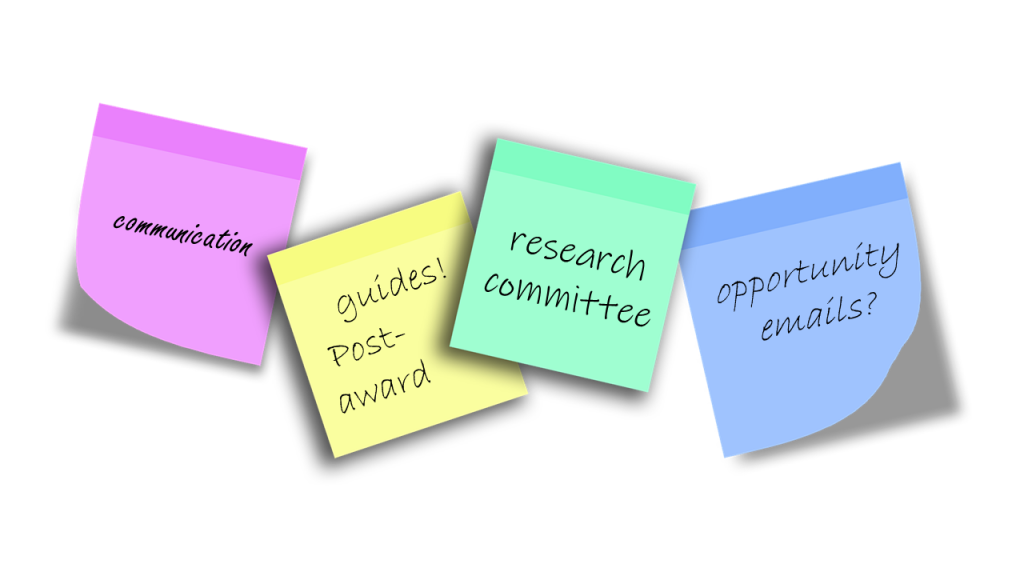Latest posts by Grace McConnell (see all)
- What we know about changes to Impact in UKRI proposals…… - February 27, 2020
- FUNDamental Cafe – British Academy - October 15, 2019
- Fun, freedom and flexibility: co-creating research development team plans - September 20, 2019


